Accessories for the Regency Gentleman
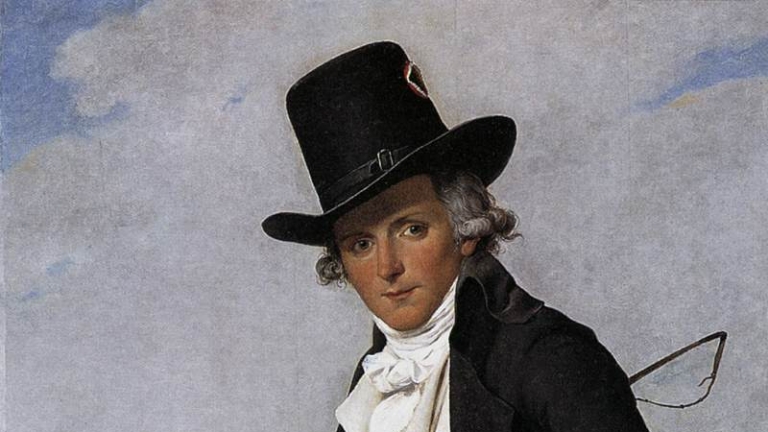
by Chris Bertani, First published for the September/October 2013 issue of Finery
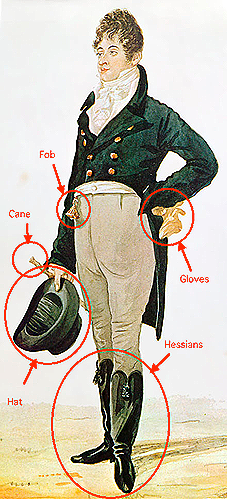
The English Regency is a long period of time. Although technically it only covers the years when the future George IV ruled as a proxy for his father (from 1811 to 1820), the Regency period is often considered to encompass the French Revolutionary and Napoleonic Wars as well (roughly 1790 to 1815). This time period covers some very drastic changes in clothing that set the trends for men’s suits for the next couple of centuries. Beyond his clothing, a gentleman would include a number of accessories as part of his daily wardrobe. Some were special items that were only worn or carried on certain occasions; but some items were indispensable and no gentleman would leave the house without them.
Footwear
A gentleman may wear shoes, although as the Regency progressed boots became more and more popular. Boots generally fell into two categories: riding or hessians. Riding boots, also called top boots, were black with a russet colored cuff turned down at the top. Hessians were cut lower in back, came to a point in the front, and were embellished with a tassel. Shoes would have been buckled, but were cut with a lower vamp than in the mid-18th century. Of course, for dancing, shoes were worn in place of boots.
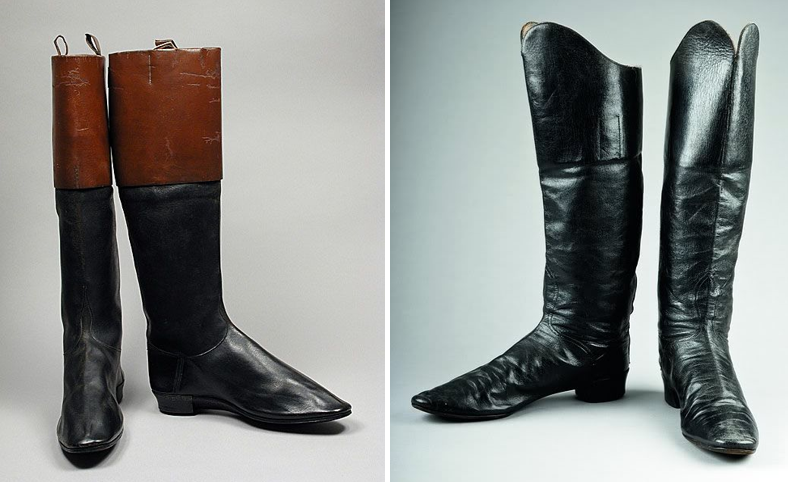
Headgear
During the regency era, hats for gentlemen’s dress were generally what we would describe today as a top-hat, but the shape of the crown and the brim, as well as the height, varied greatly. The hat was originally made of beaver fur. Later silk became more common as the beaver population diminished. The brim was quite curved because hats were still made on a round block. When the resulting hat is shaped to fit an oval head, the ends of the brim curve down and the sides curved up.

Other Regency Hats
For evening, men could wear a chapeau-bras. This hat resembles the bicorn worn with several kinds of military uniforms, but folded flat to easily carry under the arm: hence the name, translated from the French, into “hatarm.” In summer, a straw hat could be worn, often made in the same shape as the regular hat.

Buttons and Fasteners
Buttons that closed a gentleman’s shirt at the collar were usually Dorset-style thread buttons. These were made of thread wound or knotted around a metal ring. They held up much better in the laundry and were not visible under a neckcloth. However, the cuffs were held closed by cufflinks, which could be as simple as two small metal shank buttons held together by a link, or as ornate as the wearer desired, such as fancy metalwork with inset gems. In both cases, cufflinks were symmetrically detailed on each side, unlike the decorated outer face and plain inner bar of modern cufflinks.
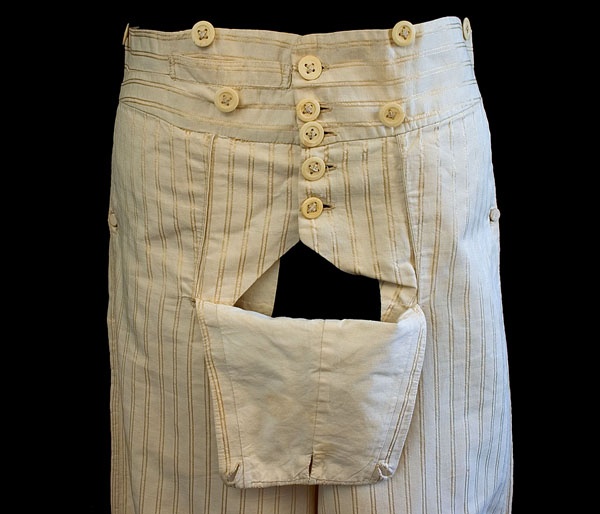
As trousers began to replace breeches in men’s fashion, suspenders (or braces as they are still called in Britain) were used (along with straps under the instep) to keep them fashionably taut along the leg. The suspenders were ‘Y’ shape, with a single strap down the back, and were adjusted by buckles on the straps. The straps might be embroidered, although most of the examples I’ve seen are later Victorian articles.
Watches, Fobs, Rings, and other accoutrements
Any man of quality would own a watch carried inside a fob pocket, a small welted pocket in the waistband of his breeches or trousers. To easily pull the watch out of this tiny pocket, the watch was attached to a ribbon and fob. The fob, engraved with a monogram or coat of arms, often doubled as a seal form impression into soft wax. The fob was either made entirely of metal (steel, gold, silver, pinchbeck, etc.) or with a carved gemstone as the seal. In some examples, the base swiveled to lie flat against the body when worn. Watches were usually open-faced as opposed to the flip-open cover of Victorian watches. They were wound with a separate key suspended from the ribbon alongside the fob.
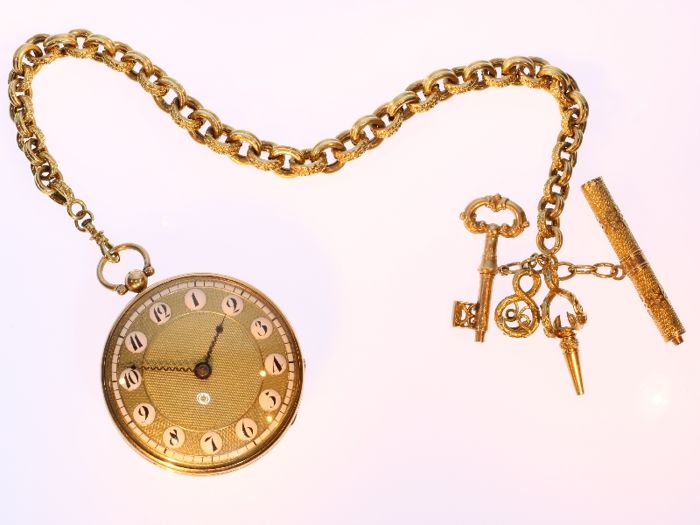
The very fashionable wore two fobs on matching ribbons, one from each fob pocket. Usually the very wealthy and conspicuously wealthy carried more than one watch. The second fob was usually attached to something else. I find that the remote entry widget for my car works well, and enables me to carry that modern accessory non-obviously.
A gentleman, particularly one with a coat of arms, might wear a signet ring that, like a fob, was meant to leave an impression in sealing wax. During the Regency period, swords were usually only carried by military men in uniform. Civilians carried a walking stick of cane or bamboo rather than solid wood.
In his pockets a Regency gentleman carried a wallet (for those new small denomination banknotes), a card case, a small pocket flask, or a snuff box. Snuff boxes in particular could be of a wide variety of sizes, shapes, and materials, from papier-mache to bone to gold. Even at that time they were considered collector’s items.
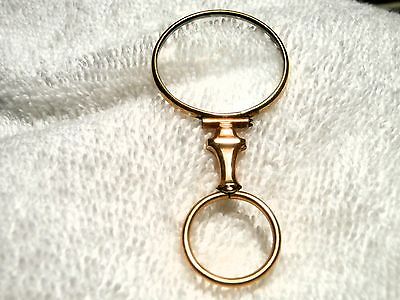
Finally, the quizzing glass, though usually thought of as more of an 18th century accessory, was still in use during the Regency by Beau Brummell,

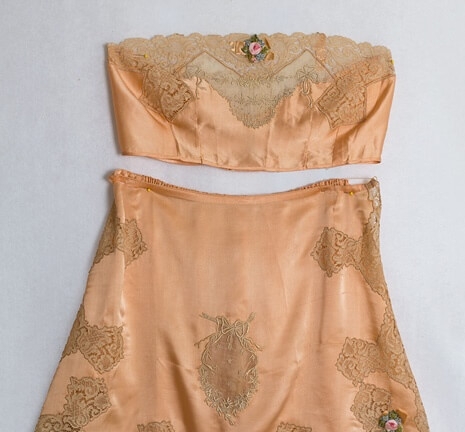
Kevin Lindsey
Great post. Exactly the type of information I was looking for. Thanks!